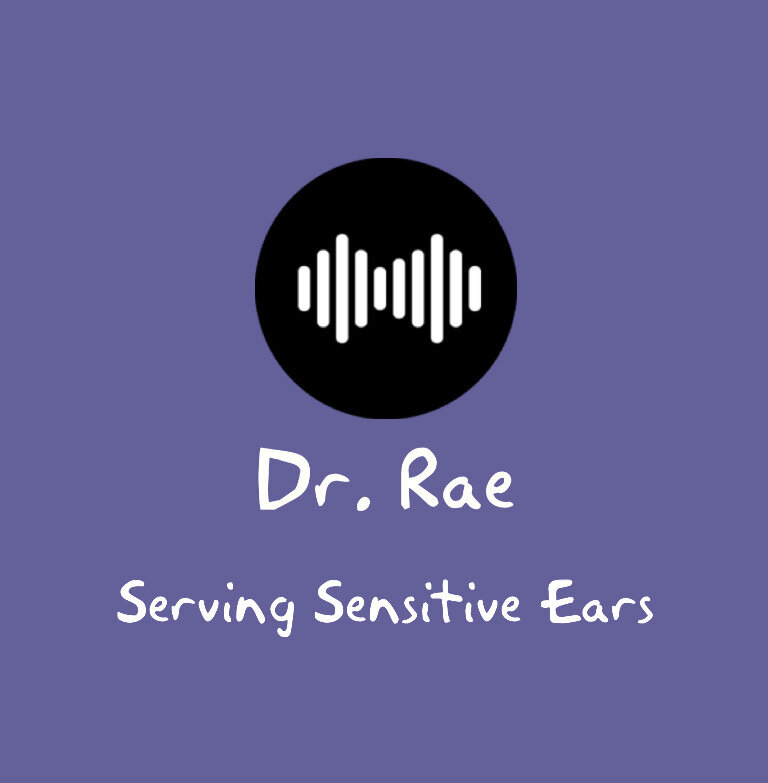APD Testing Limitations for Young Children
Before you consider undergoing testing for APD, consider this:
Looking at the issues with established APD evaluations, is really it any wonder that many professionals believe that APD is a myth?
I had a patient recently who was five-years-old and the parents were hoping for APD testing. I'd like to clarify what can and cannot be done virtually with a child in this age group, particularly one with delayed language, or with neurodiversities such as autism or ADHD.
At the age of five or under, I have very few options available to me for testing. I can use the Staggard Spondaic Word (SSW) Test, a test that measures the ability to listen to different sounds in each ear at the same time. The words are compound words, they have two syllables each, like Baseball or Hotdog, but it's set up so you hear the first syllable in the right ear "Base" alone, the middle syllables "Ball" and "Hot" simultaneously in both ears, and "Dog" alone in the left ear. The test requires that the child pay attention to around 50 of these word pairs, and that requires consistent focus for them to repeat them in order of how they are presented. They need to be able to not just attend to the test, but to have enough language to be able to repeat back the words with some degree of accuracy. Not all five-year-olds have this capacity, and for that reason, should not be evaluated with the SSW Test.
Auditory processing testing is known for being not adequate either in sensitivity or specificity. That means quite a few individuals, particularly very young children, are unlikely to be identified either because they cannot be easily tested due to their inability to take part in testing, or because when they are tested, the normative values for their ages are not well established for most tests.
Another test, an iPad-based battery called "Feather Squadron" by Acoustic Pioneer, does have norms for children that are five-years-old or older. However, a few years ago, the creator of this battery released a letter that essentially said he felt his testing (for all ages) had not been allowed to be sensitive enough to allow for many children and adults who clearly needed intervention to be allowed access. Similarly, the scoring for the Listening in Spatialized Noise Test (aka, the LiSN), was, according to what I was told, potentially manipulated in Australia so as to reduce the number of children who would qualify for funding for APD-related issues.
There is a reason that I stand strongly for the use of an intervention-based trial as being part of testing. Our current methods are basically snapshots based on normative values that may or may not be adequate to really demonstrate if a child or an adult has APD. The fact that APD is defined entirely by these potentially inaccurate testing methods is worrisome. Defining APD through testing methods that, themselves, may not be sufficient to yield accuracy could be quite problematic. Adding in a trial of treatment via low-gain hearing aids that enable users better clarity (as shown by research in the military, as well as more recently elsewhere), less background noise, and access to remote microphones to assist in hearing at a distance, gives a chance to really find out if giving relief from the difficulties of a potential APD might actually be auditory. That is, rather than simply comparing your child or yourself to a group of "normal listeners" who may or may not be normal, or lack statistical power to really show the truth of the diagnosis.
There is also a group of professionals who believe that APD is a diagnosis of exclusion. That is you have to rule out any other possible cause the problem with this concept is that APD is often comorbid with other conditions, and may be synergistic or even cause them. For example, if you can’t hear clearly, you may end up with an expressive and receptive language problem. Which is the chicken and which is the egg?
I am not saying you shouldn't use the tests as a tool to determine some degree of comparative strength and weakness. But, please, please be aware of the strengths and weaknesses of the evaluations themselves.
